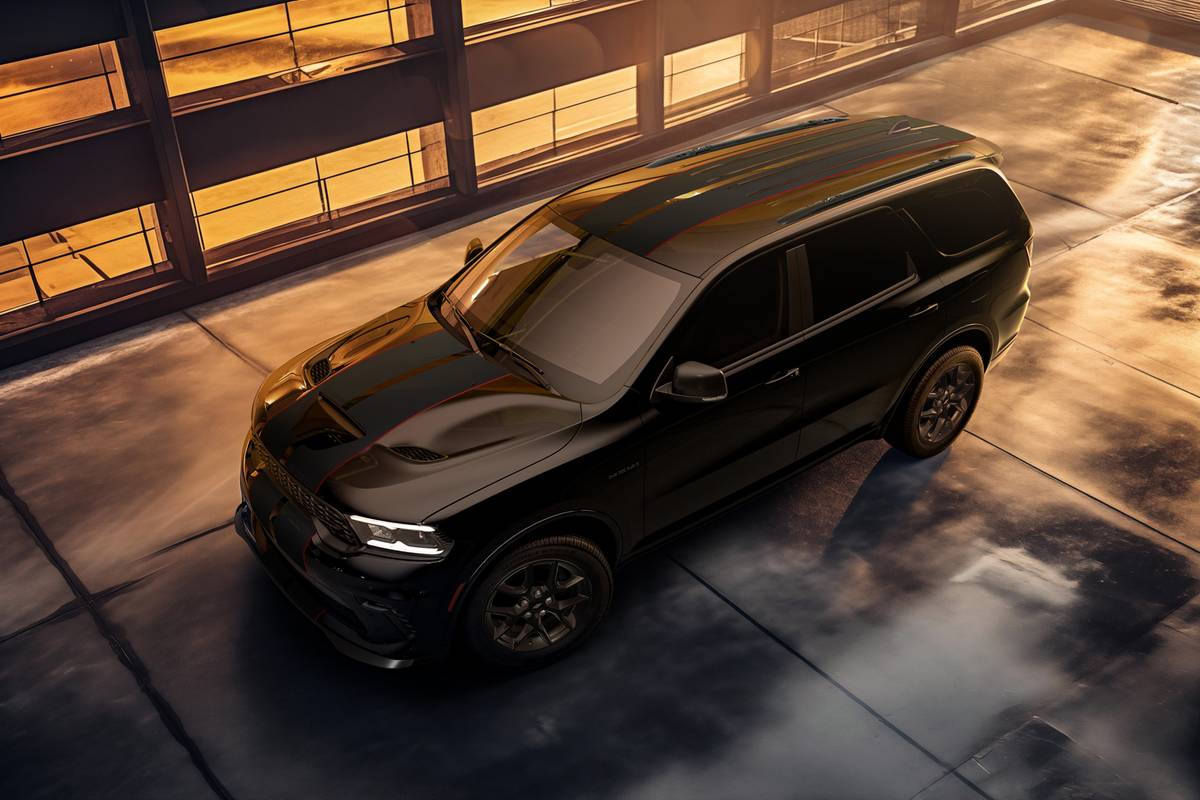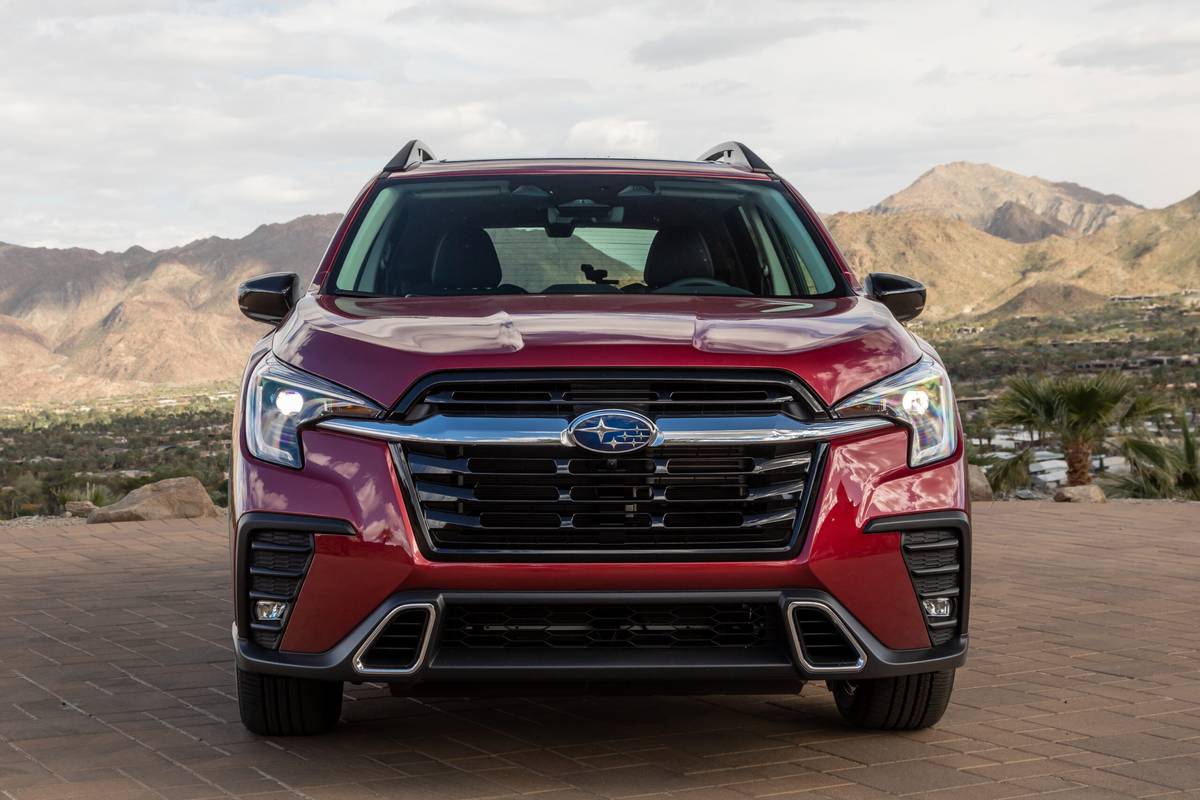chicagotribune.com's view
Perceptions, like reputations, are hard to live down.
Madonna probably couldn`t be considered as a candidate for the convent; Richard Nixon wouldn`t be invited to interview for a job as head of security; and it`s highly unlikely that Jim and Tammie Bakker would be enlisted to lead a charity fund drive.
Like it or not, you get saddled with an image.
Suzuki faces the same situation.
You may recall the furor that the Japanese automaker created a few years ago with the introduction of the four-wheel-drive Samurai utility vehicle. Safety groups said it was so unstable it was prone to roll over in a sharp corner or turn or if there was a shift in barometric pressure.
Before you slipped behind the wheel, you were advised to grab a rosary, Star of David or four-leaf clover. The thing was more tipsy than Uncle Joe at the family picnic.
With a minuscule wheelbase and raised center of gravity, we found Samurai an adventure, to say the least.
Toease consumer fears, Suzuki came out with the Sidekick, a four-wheel- drive utility vehicle built on a longer wheelbase and with a lower center of gravity for improved balance. It marketed an off shoot called Tracker sold by Chevrolet under the Geo designation.
Sidekick and Tracker have better balance than a smaller Samurai, but neither has the same road holding capabilities and smoothness of a Chevy Blazer or Ford Explorer, because they are only a fraction of the size.
We test drove a 1990 Sidekick and only needed to read the government mandated warning label on the inside door to understand why consumers are leery of the tiny machine.
The label read: “If you make sharp turns or abrupt maneuvers, the vehicle may roll over or may go out of control and crash.“
If the Pope rode shotgun, you still might be shy about getting in a Sidekick, though that`s the same warning all four-wheel-drive utility vehicles must carry.
Sidekick is cute. It also has surprising room inside, despite tiny exterior dimensions. It`s a functional machine that can seat four adults or two adults and a suitcase or two, plus a bag of groceries. The rear seats slide forward to increase cargo area or back to increase passenger leg room. For entry to the rear seats, the front seats slide forward when the back is lowered.
You just don`t take many chances when behind the wheel, such as accelerating before any twist in the road or looking for hilly terrain to play on. Is the vehicle unsafe? That`s not the point. The question is do consumers perceive it as unsafe?
Some do. The typical phone call or letter at this time of the year comes from the parent whose son or daughter just purchased a Sidekick or Tracker; they want to know how they can get the kid`s money back and get him or her out of the vehicle.
But there are others who dismiss the criticism as another example of safety groups keeping the flow of do nations coming into their coffers by crying wolf.
Sidekick is offered in two- or
four-wheel drive and soft top or hardtop versions. All Sidekicks are built on an 86.6-inch wheelbase and are 142.5 inches long.
There are three series, the JS, LX and JLX. The two-wheel-drive JS was added for 1990 to give Suzuki a lower-priced entry level model that starts at $9,999.
We drove the four-wheel-drive JLX soft top with vinyl cover and plastic window that was far less noisy than we had expected. The true test of noise, of course, would come in January when winds off the lake bounce off the covering. That also would be the test of the insulation of vinyl and plastic in the Midwest Snow and Subzero Belt.
The top folds down manually; the clips, latches, attachments and Velcro for the task makes it simple enough for a couple of 16-year-olds to do. At least, we had to have a couple of 16-year-olds lower and the raise the top to preserve our sanity aft r a few feeble attempts by the forty something adult failed. Once done, it`s really rather easy. And once down, there`s still a roll bar.
Sidekick is powered by a 1.6-liter, fuel-injected, 4-cylinder engine that develops 80 horsepower and can handle the 2,200-pound vehicle adequately. The JLX comes with a short-throw 5-speed manual transmission. Only the JX offers 3-speed automatic as a $600 option.
The JLX is EPA rated at 26 miles per gallon city/28 m.p.g. highway.
Standard equipment includes AM/FM stereo with cassette and clock; tripmeter; center console; cloth seats; carpeting; electrically adjustable mirrors; styled steelwheels; rear-mounted, full-size spare; tinted glass; steel-belted, 15-inch, off-road tires; power front disc brakes; dual remote control side mirrors; locking fuel cap cover; and intermittent wipers.
The JLX soft top starts at $12,299; with hardtop, $12,499.
With Sidekick, you get a high-mileage vehicle with four-wheel-drive for the Snow Belt that runs about $4,000 less than a Blazer or Explorer.
What you give up is the stability, road holding, size and weight of a Blazer or Explorer. Not only do those vehicles offer all those in greater measure than Sidekick, they also have antilock brakes and without a great loss in fuel mileage.
>> 1990 Suzuki Sidekick Wheelbase: 86.6 inches. Length: 142.5 inches. Engine: 1.6-liter, 80 h.p. 4 cylinder. Transmission: 5-speed manual. Fuel economy: 26/28 m.p.g. Base price: $12,299 softtop; $12,499 hardtop. Strong point: 4WD, high milege. Weak point: Stability, small size. Chicago Tribune Graphic. >>
Latest news



